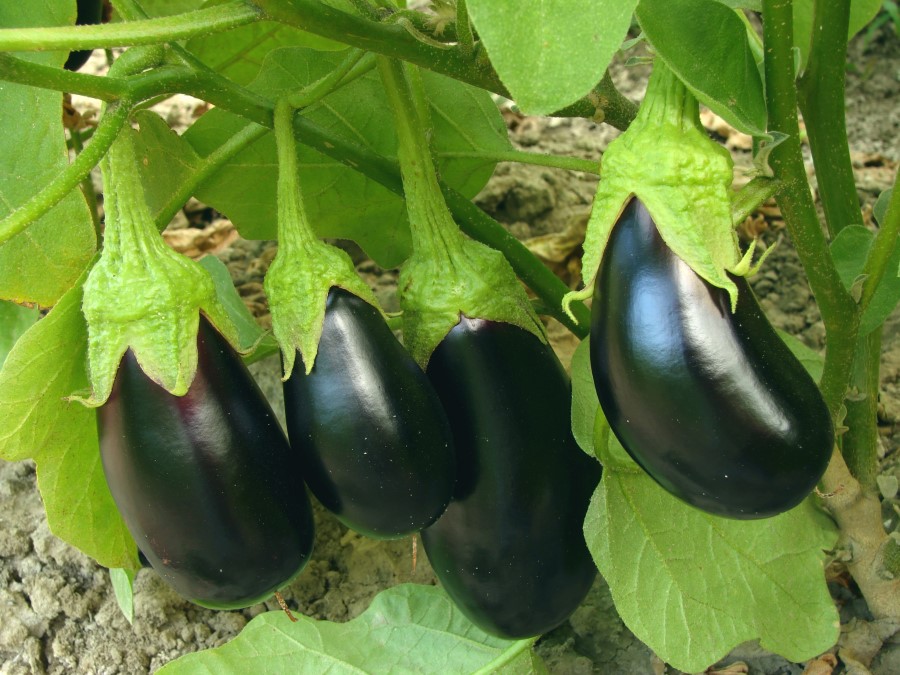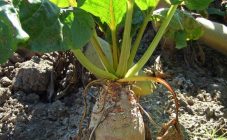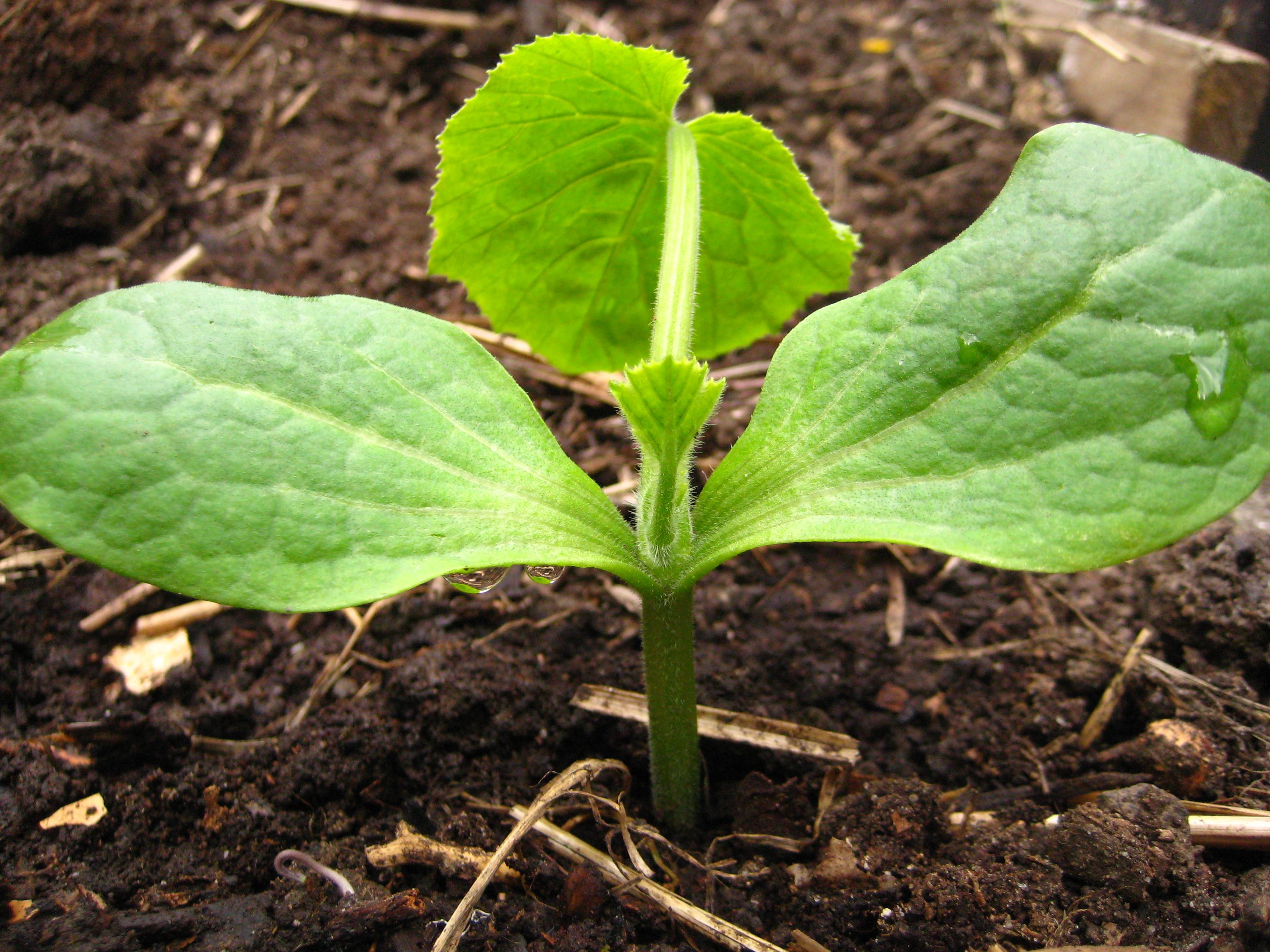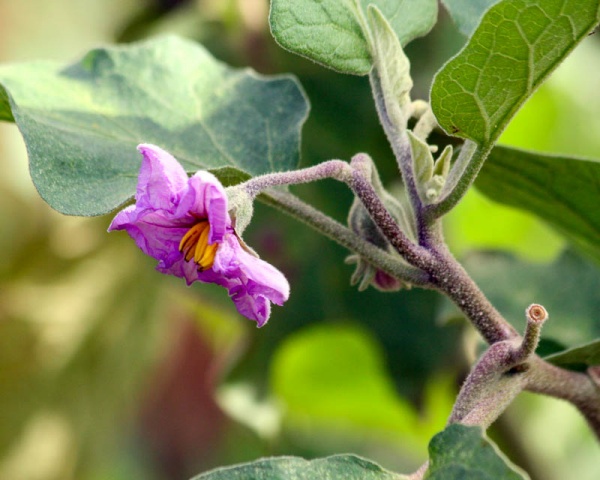Content:
Growing eggplant can be a favorite pastime if you learn to do it right. Such a vegetable (in the botanical sense - a berry) belongs to annual plants and bears fruit only once a year, so it is necessary to use the full potential of the plant immediately.
Eggplant is the ancestor of fruits native to the Middle East, South Asia and India. Ripe fruits contain potassium salts, which have a beneficial effect on cardiac activity, and therefore they should be grown and consumed by people suffering from cardiovascular diseases. Also, the substances in the plant are actively involved in the breakdown of fats and are recommended as meals for weight loss. The vegetable is full of vitamin A, calcium and magnesium. This plant produces good eggplant caviar, which can be preserved for the winter.
Favorable conditions for planting eggplants
When growing seedlings, it is necessary to strictly follow the "factory" instructions indicated on the package with seeds, since the conditions for growing can vary greatly depending on the variety and if the conditions are violated, the germination of seeds can be delayed for a long time.
Before the sprouts emerge from the ground, it is necessary to place the soil with seeds in a warm place, water and cover them with film or glass. It is important to give plants a lot of light, if difficulties arise with natural sources, you should take care of their artificial counterparts, but you should not make the length of daylight hours more than 12 hours.
To avoid the death of seedlings in the open field, it is necessary to "train" the seedlings indoors before planting. When the first sprouts appear, during the day it is important to maintain the average daytime temperature in the region (for central Russia it is 20-25 ° C), and at night - to lower it by five degrees (15-20 ° C, respectively). This promotes the development of the root system, helps the plant get used to temperature changes during the day.
At the stage of seedlings emerging from the soil, it is also important to monitor compliance with the temperature regime, so in favorable conditions, the punching of seeds from the ground can occur as early as the second week, and in unfavorable conditions, this time interval increases by 2-3 times, if the seeds do not die and generally sprout ...
You cannot choose the shady sides of the plots (under and near trees, near buildings and fences) as a place for planting this berry, since this will not give the plant enough sunlight, and it will not bear fruit with underdeveloped fruits.
Then plant the eggplant
Agronomists have deduced the relationship of some plants with others, which do not influence in any way, have a beneficial effect on each other or oppress.Therefore, it is important to know after which you can plant eggplants before placing the grown seeds in the open ground or greenhouse. This information will help you grow strong plants and prevent the onset of various diseases.
This information will be a valuable gift for gardeners and agronomists, as with proper rotation of different crops, you can save on fertilizers or get a rich harvest.
It is also worth understanding that other plants can deplete the soil with any substances that are so necessary for dark-fruited nightshade. Plants often leave substances in the soil that attract parasites and lower the immunity of nightshades, which will inevitably lead to the development of diseases.
After what crops can eggplant be planted
| Beans and other legumes | The culture has a deep root system (more than a meter deep) and will not prevent the berry from growing. Beans also contribute to the accumulation of nitrogen compounds in the earth, which eggplant needs. |
|---|---|
| Cauliflower, white cabbage | After such a plant, the soil becomes rich in calcium, potassium and nitrogen, which will benefit the eggplant and, in general, all plants from its family. Since cabbage actively absorbs water and dries out the soil, before planting berry seedlings, it is necessary to thoroughly water the ground and let it settle. |
| Bow | There is an important rule that will not harm the cultivation of various crops - plant roots after tops. Onions will be a good predecessor for planting eggplants, they will not impoverish the soil and will not interfere with the growth of good fruits. |
| Herbs | Many perennial herbs (garlic, parsley, rosemary) have an active disinfecting property, pests are not scary after them. The nematode will not appear in the place where the marigolds were grown (and if you cut its stems and scatter them at the planting site before plowing the soil, you can get rid of the appearance Medvedok), caterpillars and aphids do not encroach on the place where feverfew chamomile was grown, calendula drives away the Colorado potato beetle, which is dangerous for the entire Solanaceae family. |
Also a trusted source “Vegetable garden. Practical advice ”believes that the best predecessors of eggplant are cucumber, zucchini, pattison. As not the best, but acceptable, - late cabbage, onions.
These crops follow each other perfectly and such a "neighbor" will only give benefits, and they are also quite common in the gardens. But don't forget about caring for your seeds and soil.
After which crops you can not plant eggplant
| Potatoes, paprika and vegetable peppers, tomato, physalis, wolfberry, henbane, tobacco, sunberry | They belong to the nightshade family. Growing plants of the same family one after another without additional tillage is highly undesirable. To obtain a high-quality result of agricultural activity, it is necessary to plant plants of this family in the same place no more than once every three years. |
|---|---|
| Tomatoes | This plant is also in dire need of nitrogenous compounds, like eggplant. Planting them after tomatoes is a meager harvest. Also, before planting after tomatoes, it is necessary to additionally fertilize the soil. |
If there is a shortage of gardening space, you can do with the old planting sites, but you will have to spend additional time and money on fertilization and soil restoration. Fertilizer can be made by yourself from practically available readily available materials (wood ash, nettle tinctures, compost, chicken droppings, weed tinctures), or you can buy a ready-made version in a store at an affordable price.
What can be planted after eggplant
There are no other restrictions on planting plants after dark-fruited nightshade. It practically does not deplete the soil, does not attract pests. Source “Vegetable garden. Practical advice ”states that it is best to plant garlic, pumpkin, onions and various root crops after it - such“ heirs ”will be most effective.
After that, planting eggplants, it is always up to the owner of the site to decide. But if you approach business wisely and want to get a real return on your work, it is better to use the recommendations presented.











